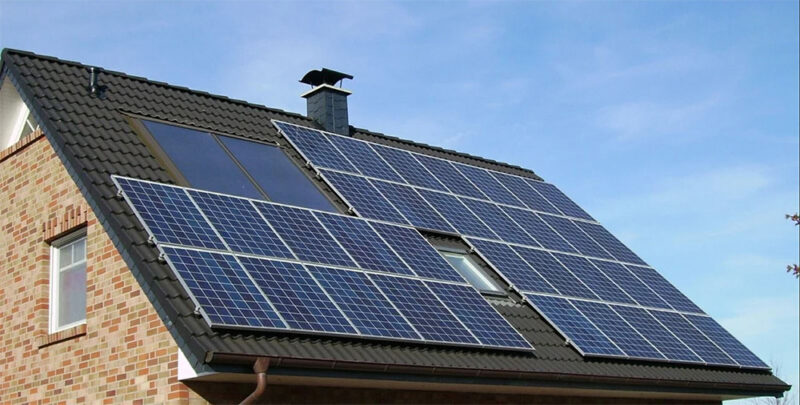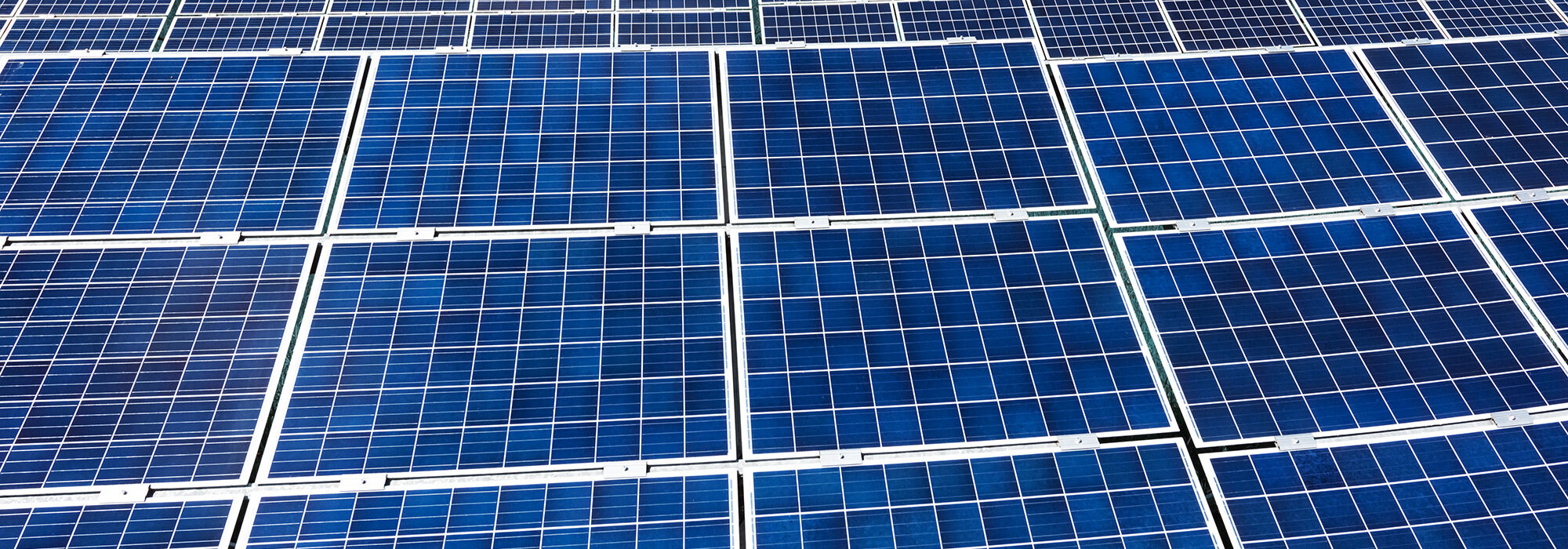Article Excerpt
You may have had a door salesman talk to you about installing solar panels on your roof. Should you consider getting them?
Photovoltaic technology, also known as solar power, was born right here in the States in 1954. Three scientists developed the first photovoltaic (PV) cell that was able to turn the sun’s energy into enough power to run common electrical devices. Since then, we’ve seen more and more houses with solar panels on their roofs.
How much do solar panels cost to install?
Well, they’re not cheap. An average install in Texas costs around $12,000. Thankfully, most companies offer financing options. But here’s some good news: solar panels will cost you nearly nothing to maintain. Some companies even allow for no upfront costs if you qualify.
There are also different system sizes based on kilowatts. The more power you have, the more monthly savings you’ll get. A reputable, local Texas solar company can help you figure out how much you can save.
One cool thing about installing a solar energy system is the tax credit that comes with it. The federal government actually offers a solar tax credit which can reduce your system’s cost by 26%. Solar panels are easier on the environment and also reduce strain on local power grids.
How much can you save?
You’re basically trading in a big chunk of your electricity bill in exchange for the installation cost. The average American household uses about 10,972 kilowatt-hours in electricity per year. That comes out to $1,450 spent.
With a 6-kilowatt solar energy system, you can expect about 94% of your electricity bill to vanish! Combine your yearly savings with annual inflation of energy prices, and you’re in good shape.
Savings aren’t just restricted to money, either. Installing solar panels will save about 4.7 metric tons of carbon dioxide from entering our atmosphere. That’s equal to the emissions produced by a car.
The solar savings estimator
There’s a really cool project collaboration between Google and Project Sunroof. Take a look at their savings estimator. Enter your address and Google Maps will calculate how much usable sunlight hits your roof, and how much you may save with panels installed. The calculations will take several things into consideration: State and federal tax incentives, the up-front cost, and how much you would have spent without the panels. Pretty neat!

How long do panels last?
Solar panels are durable. They can take a beating from wind, snow, and hail. Some components of your system will need to be replaced, but the system should last about as long as your roof will: about twenty-five years. And even after twenty-five years, they’ll still work. But at that time, their output may drop below 80%.
The drawbacks
The upfront cost is obviously the first drawback. But if you want to get the best effectiveness out of your panels, you’ll need enough space on your roof to accommodate for them. South-facing panels positioned at an angle are the best way to soak up the sun. If your roofline doesn’t accommodate this, performance could be subpar.
Branches and leaves could potentially scratch the surface of the panels, leaving them a little less productive than before. So make sure to trim your limbs regularly. Interestingly, solar panels don’t work better in hot environments. It’s all about the amount of sunlight, not the temperature.
If you live in an HOA community you may be subject to some building codes. Check on what their guidelines are for solar installation if they have any. Some HOAs won’t allow panels to protrude more than a certain amount away from the roof.
If you were hoping to go “off the grid” with your installation of solar panels, sorry to disappoint. You’ll probably still receive an energy bill every month – even if it’s $0. If you produce more power than you use, some of the energy will go back to the grid.
Take control of your living expenses
Solar power can be a great investment in the long-term. But before you take better control of your energy bill, you’ll need to buy a house! You may think we’re biased, but the numbers show that buying a home is one of (if not the number one) best investment you can make.
Before you start looking at homes, your first step is getting pre-approved for a mortgage. Get started with the mortgage lender Texans trust!



